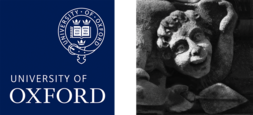While long barrows and chambered tombs have long received most of the attention of British Neolithic archaeologists investigating mortuary practices, it is clear that there were a variety of different depositional contexts for the remains of the dead at this time. Other kinds of monuments, and in particular causewayed enclosures, seem to have played an important role in funerary behaviour. But other, less immediately recognisable places also feature. More flat graves are being identified through the application of AMS dating to burials lacking diagnostic grave goods. A number of human remains recovered from river contexts have also been shown in recent years to fall within the Neolithic Period, raising the possibility in some instances of river 'burial'. But, at least quantitatively, the most important alternative burial location to monuments is without question deposition in caves. Again, it is the increasingly routine use of AMS dating that is raising awareness of the number of Neolithic human remains from caves. In many cases there appear to be parallels in how the skeleton is treated in caves and monuments, such as the deposition of both articulated and disarticulated remains, and the manipulation of skeletal elements. The significance of these different burial locations remains poorly understood, but there are some clear lines of inquiry that can be explored. Foremost is the need to document the full extent of cave burial in the Neolithic through the instigation of systematic dating programmes. This can then provide the basis for a comparison of the demographic and health profiles of groups interred in caves and in monuments. Preliminary stable isotope results from South Wales suggest that the long-term diets of individuals differed significantly between these two burial contexts, intimating the existence of considerable socioeconomic differentiation in Neolithic Britain.



